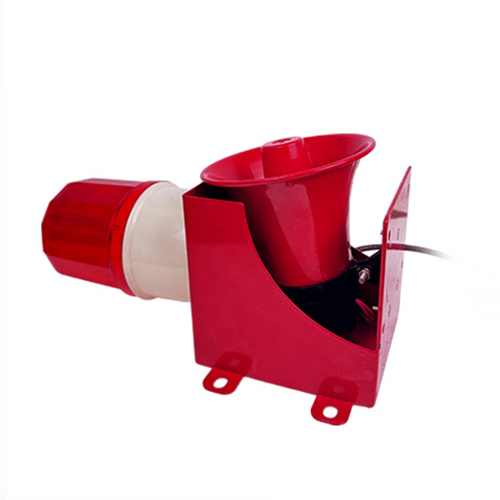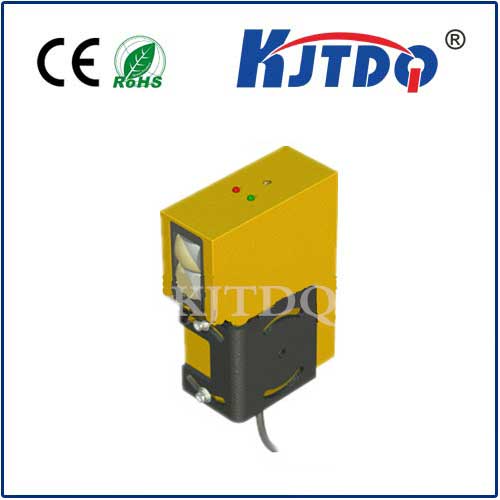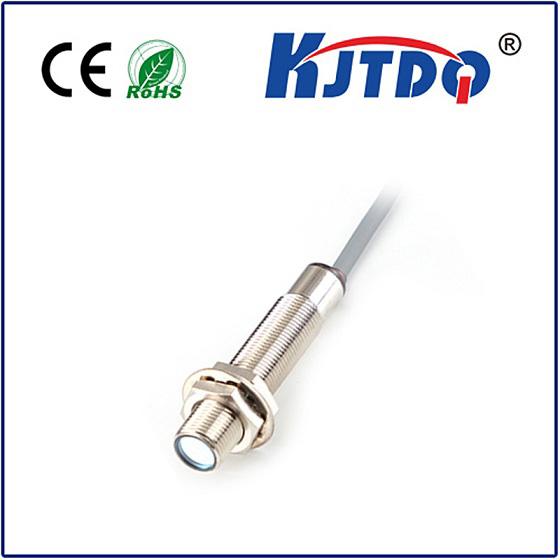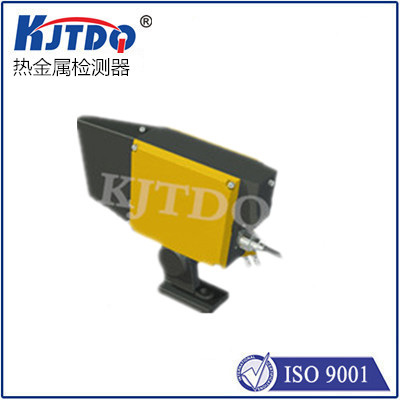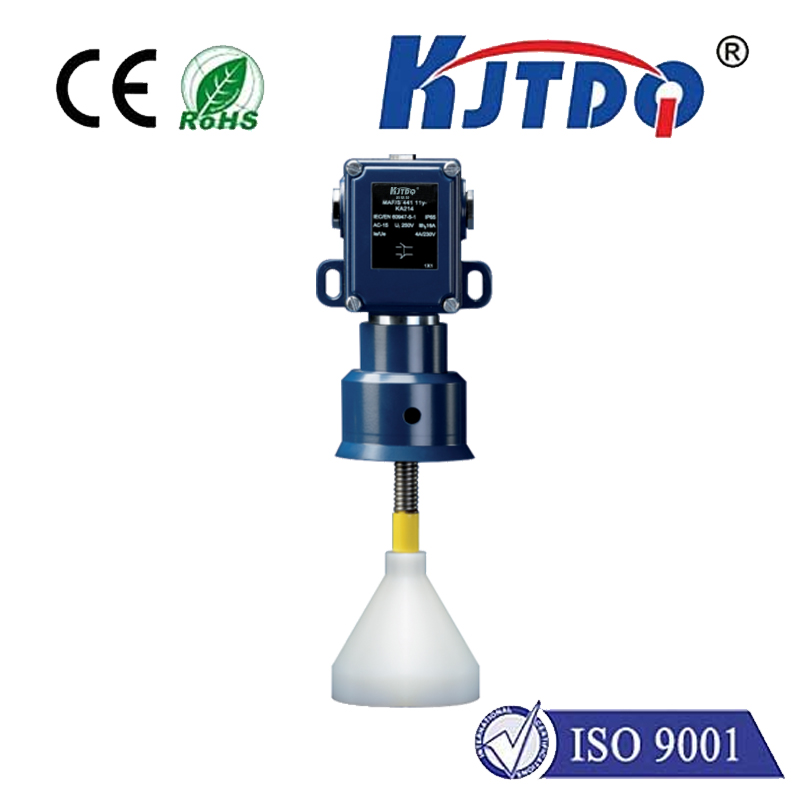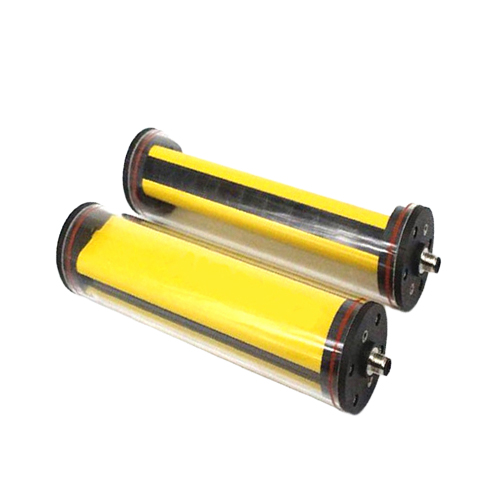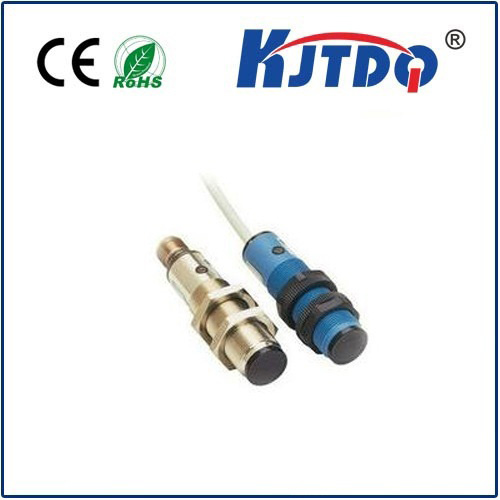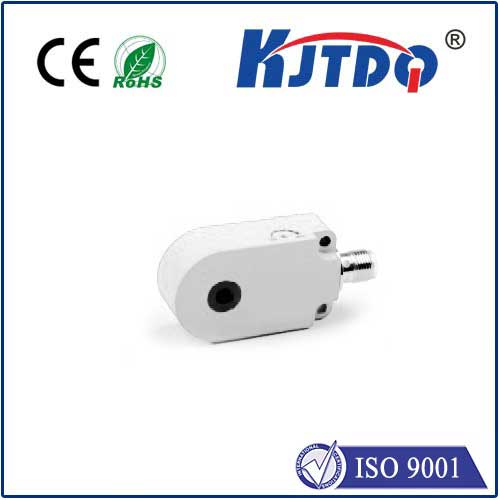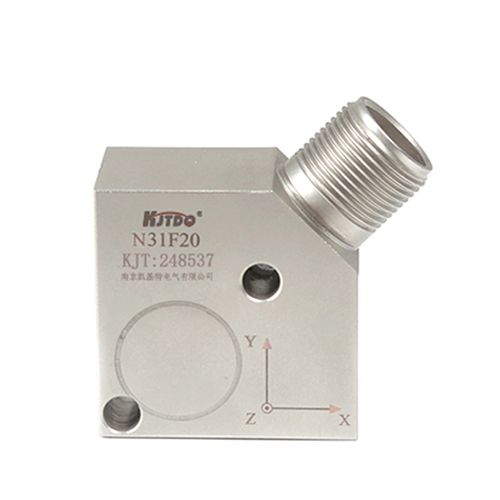

check

check

check

check

check

check

check

check

check

check
Title: Embracing the DIY TOF Sensor Revolution: A Comprehensive Guide
The development of technology has paved the way for countless innovations that have revolutionized various industries. One such groundbreaking invention is the diy TOF sensor, which has taken the world by storm. This article aims to provide a comprehensive guide on how to create your own TOF sensor, covering everything from understanding TOF sensors to building your own prototype.
Understanding TOF Sensors: An Overview
Time-of-flight (TOF) sensors are a type of sensor that measure the time it takes for a light beam to bounce off an object and return to the sensor. This information is then used to calculate the distance between the sensor and the object. TOF sensors are commonly used in a variety of applications, including autonomous vehicles, depth sensing, and motion tracking.
Building Your Own TOF Sensor: Step-by-Step Guide
1. Research and Planning

Before embarking on your DIY TOF sensor project, it's essential to conduct thorough research and planning. This includes understanding the basic principles of TOF sensors, determining the specifications of your desired sensor, and selecting the necessary components.
2. Choose Your Platform
There are several platforms you can use to build your TOF sensor, each with its pros and cons. Some popular options include Raspberry Pi, Arduino, and BeagleBone. Choose a platform that best suits your needs and skillset.
3. Select Components
To create your TOF sensor, you'll need several components, including a photodiode (or phototransistor), a transistor or diode, a lens or mirror, and a microcontroller or computer. Determine which components you'll need based on your chosen platform and design requirements.
4. Build the Circuit Board
Using a PCB printer or a laser cutter, create a circuit board with appropriate spacing and holes for your components. Mount the photodiode onto the board using standoffs or headers. Connect the other components as needed and secure them to the board using solder.
5. Develop the Microcontroller Program
Next, develop a program for your microcontroller to read data from the photodiode and calculate the distance traveled by the light beam. The program should also include error handling and calibration functions to ensure accurate measurements.
6. Test and Refine
Once you've built your TOF sensor, test it thoroughly to identify any issues or areas for improvement. Refine your design as needed based on your testing results and make any necessary adjustments.
Conclusion
Creating your own TOF sensor may seem daunting at first, but with careful research, planning, and execution, anyone can achieve success. From understanding TOF sensors to building your prototype, this comprehensive guide has provided you with all the tools you need to begin your DIY journey. So why not take the plunge and start experimenting with TOF sensors today? The possibilities are endless!
